Arthur Peppercorn was, by all accounts, a modest but exceptionally talented man.
When he became chief mechanical engineer of the London and North Eastern Railway (LNER) in 1946, he designed and oversaw the engineering of a number of steam locomotives. Among the best was the Peppercorn Class A1, designed as passenger express trains for the arduous London to Aberdeen east coast mainline route, on which they would haul as many as 15 carriages, each weighing up to 550 tonnes.
Read all of Autocar's in-depth reviews (of cars, obviously...)
In 1948 and 1949, some 49 Class A1s were built, but within 17 years, as steam power gave way to diesel and electric, all had been withdrawn. None was saved. And that was that.
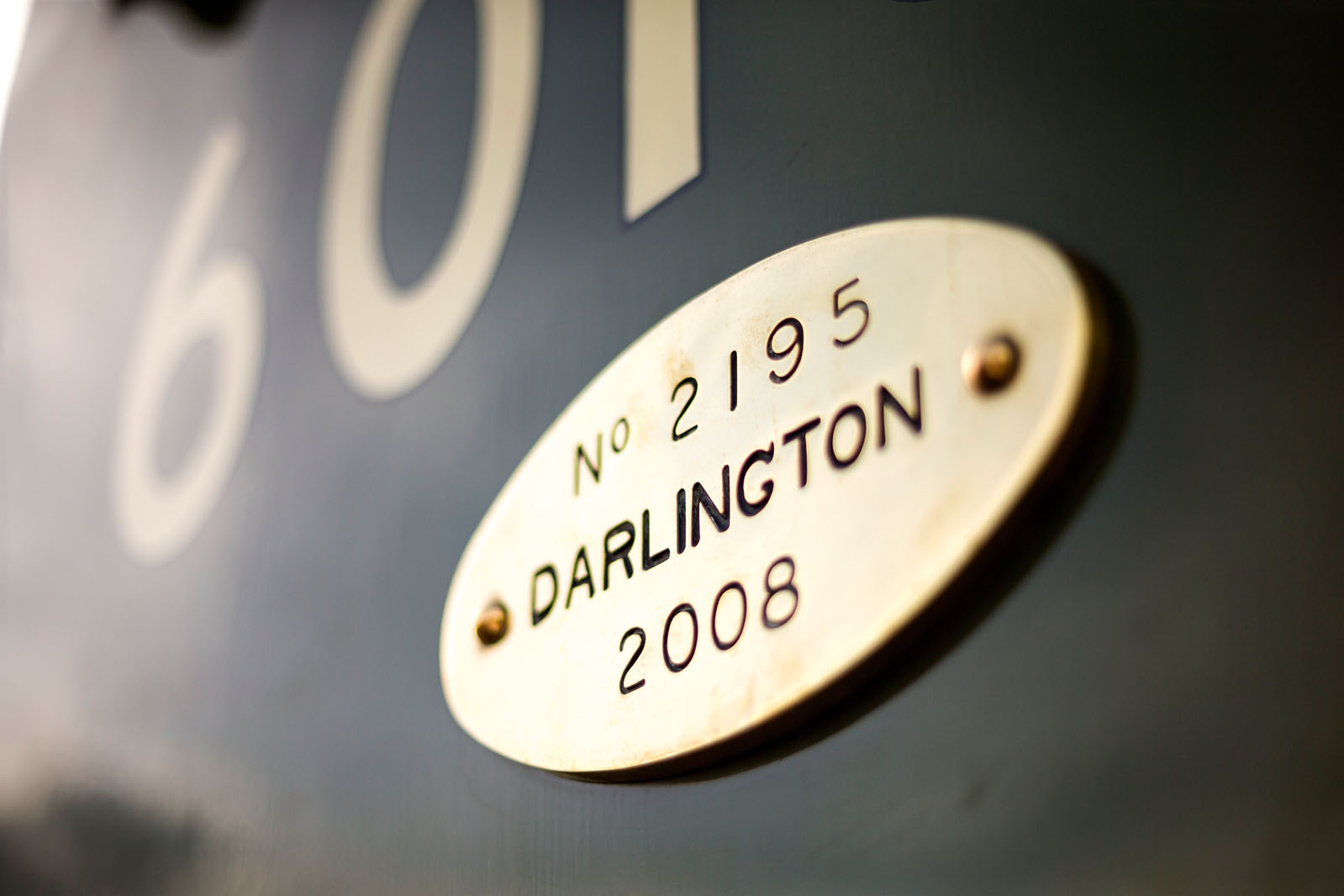
Until, that is, 2008, when a new Peppercorn A1 locomotive was made, the 50th to be built. It was called ‘Tornado’, and this is it.
So why road – or should that be rail? – test it now, nine years later? There are two reasons. One is that it gives your correspondent a valid excuse to watch Paddington 2, a film in which Tornado stars, on expenses. The other, more significant reason is because in April this year Tornado became the first steam locomotive in 50 years to reach 100mph on the UK rail network.
Retro: is a Channel Tunnel feasible? (from 1935)
And that’s important because, while most UK heritage trains pootle up and down their own specific lines at perhaps 25mph, a few, like Tornado, use the regular mainline railways.
Tornado had previously proven that it can run at 75mph – in fact, in rigorous, frequent safety checks, it proves its integrity time after time – but most commuter trains will hit 100mph these days and inter-city trains rather a lot more again.


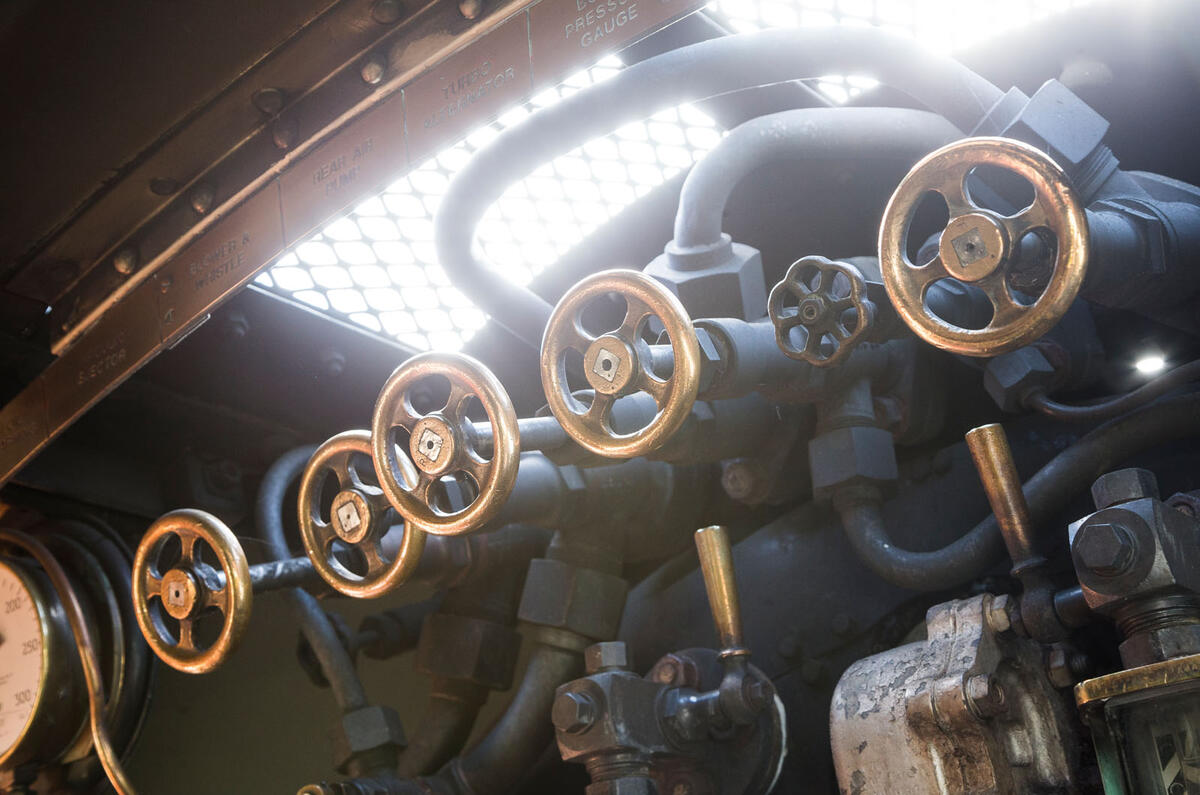
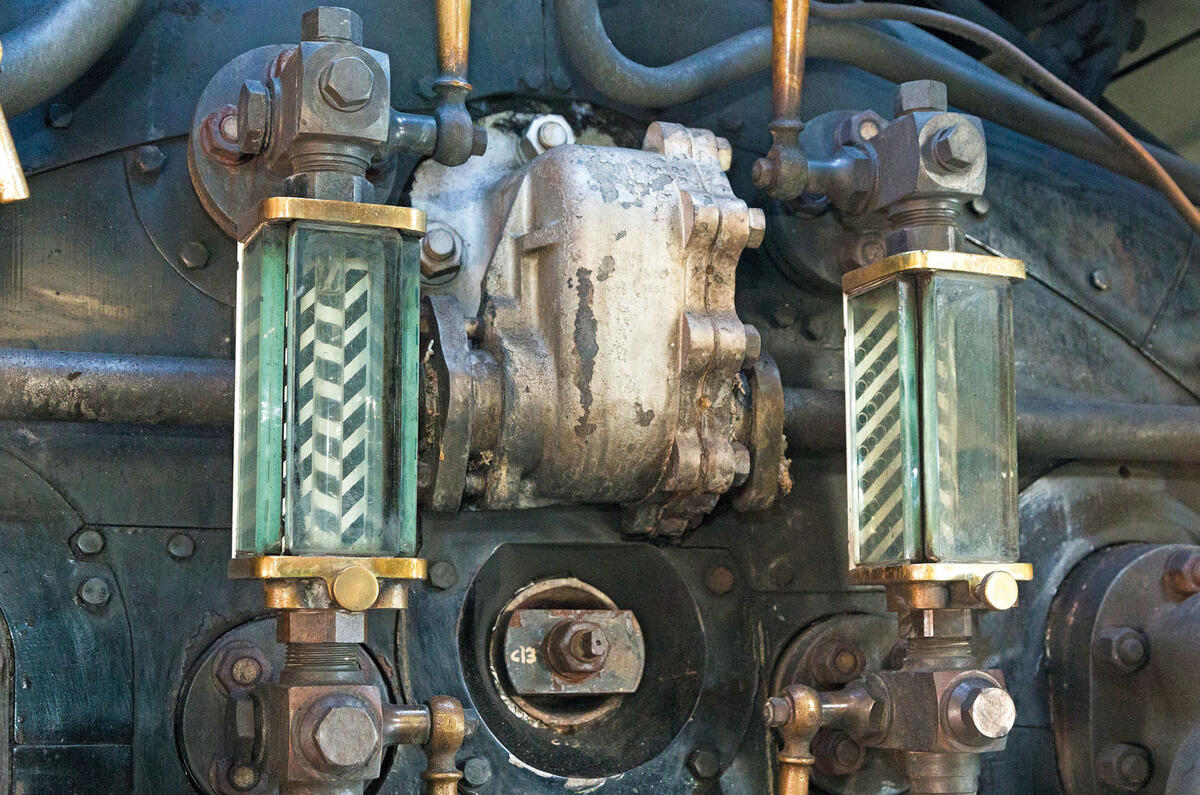
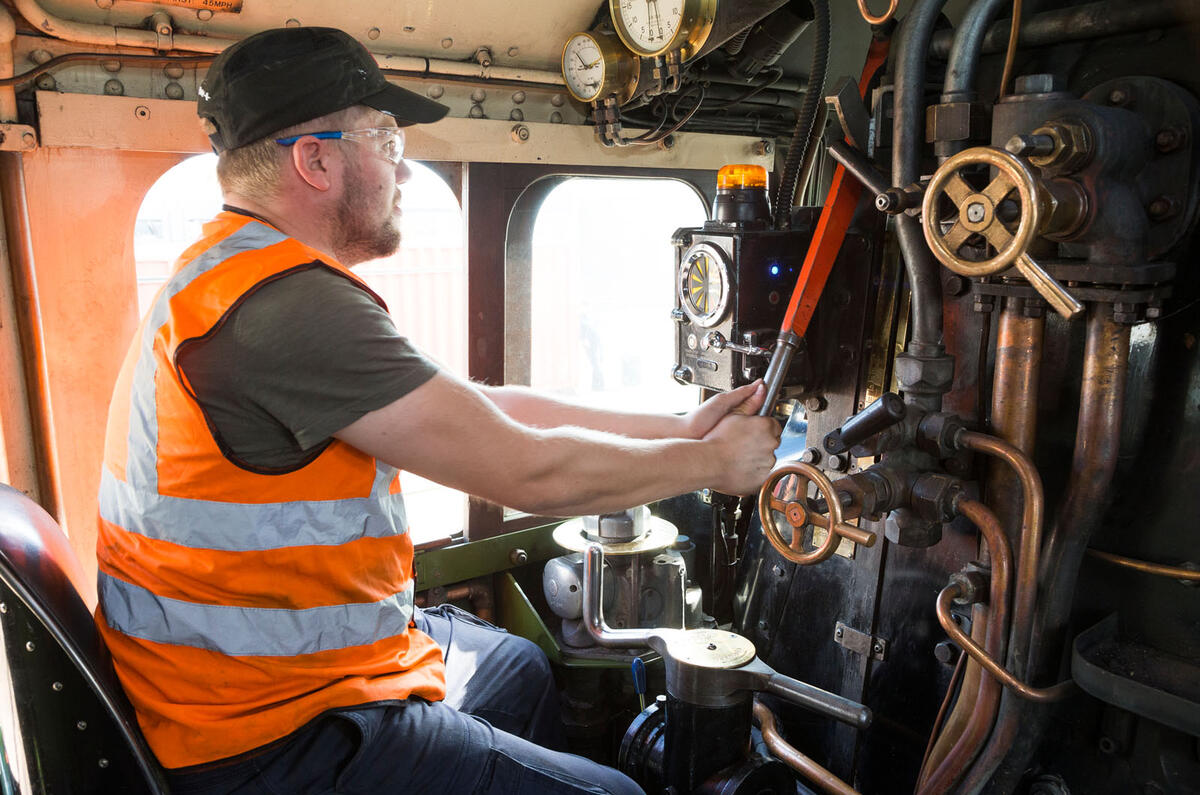
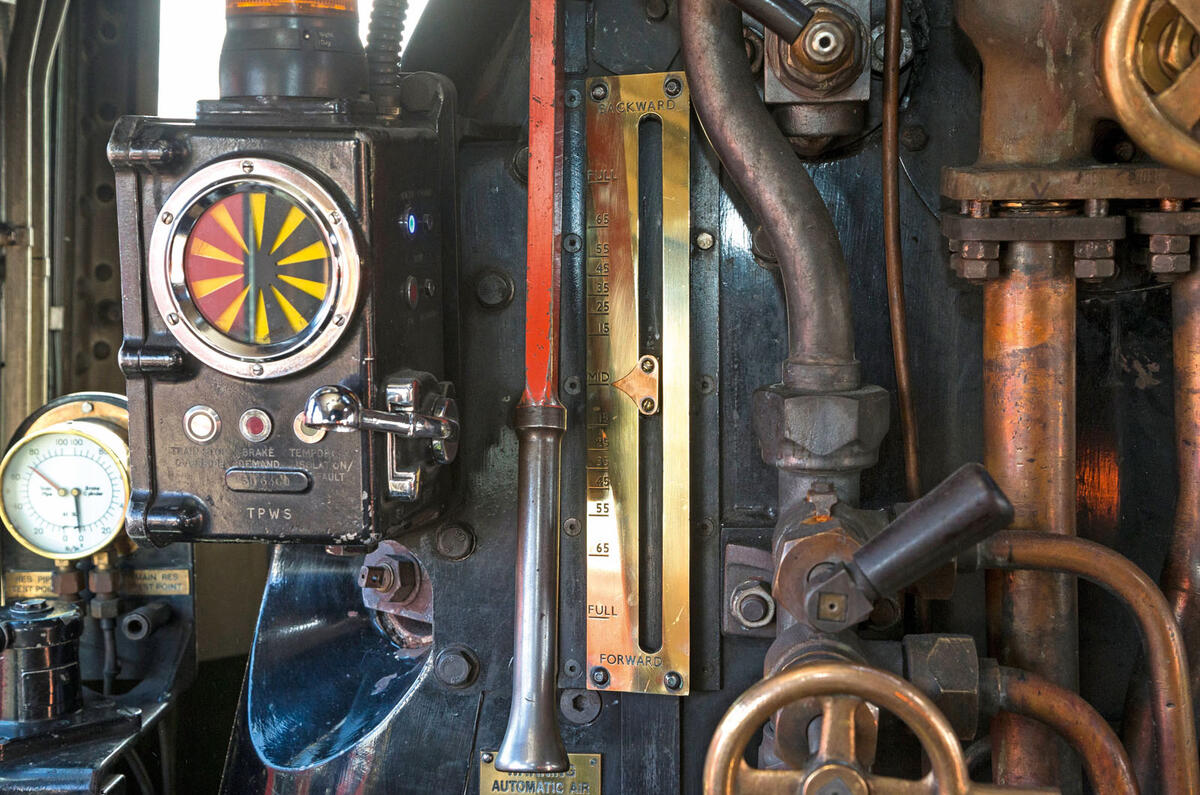
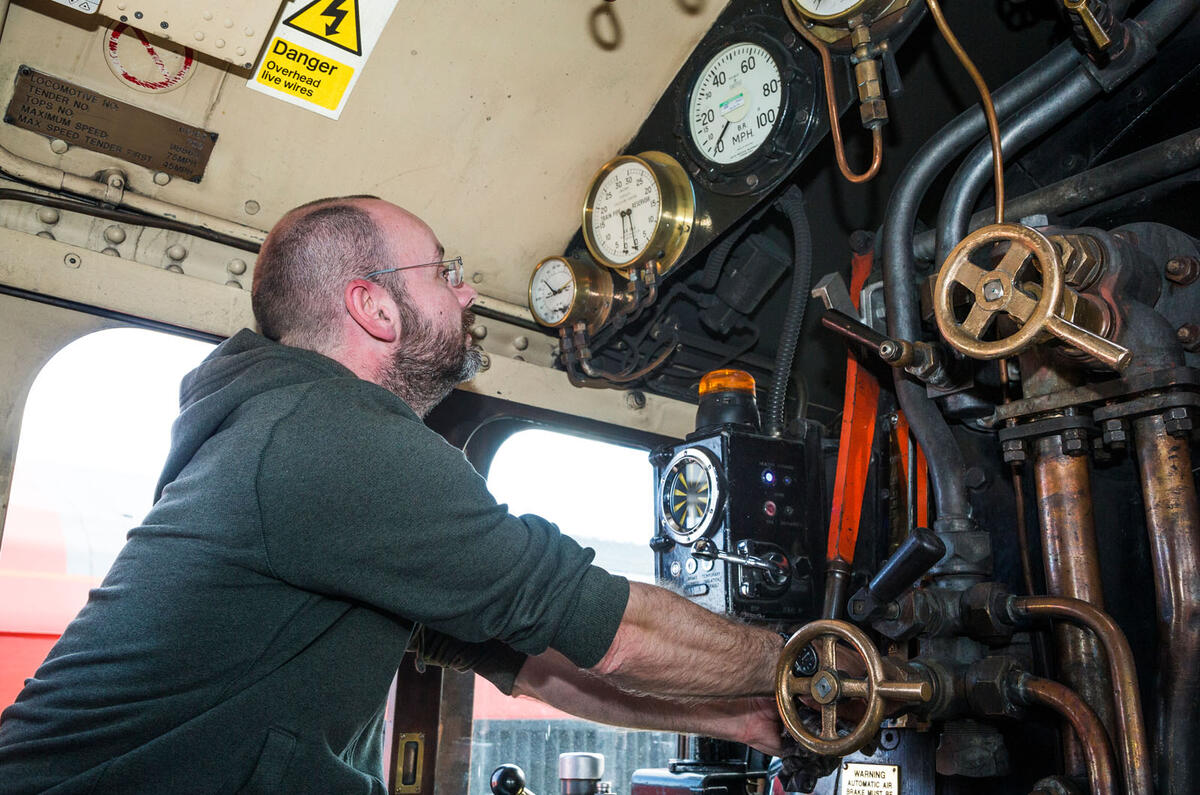
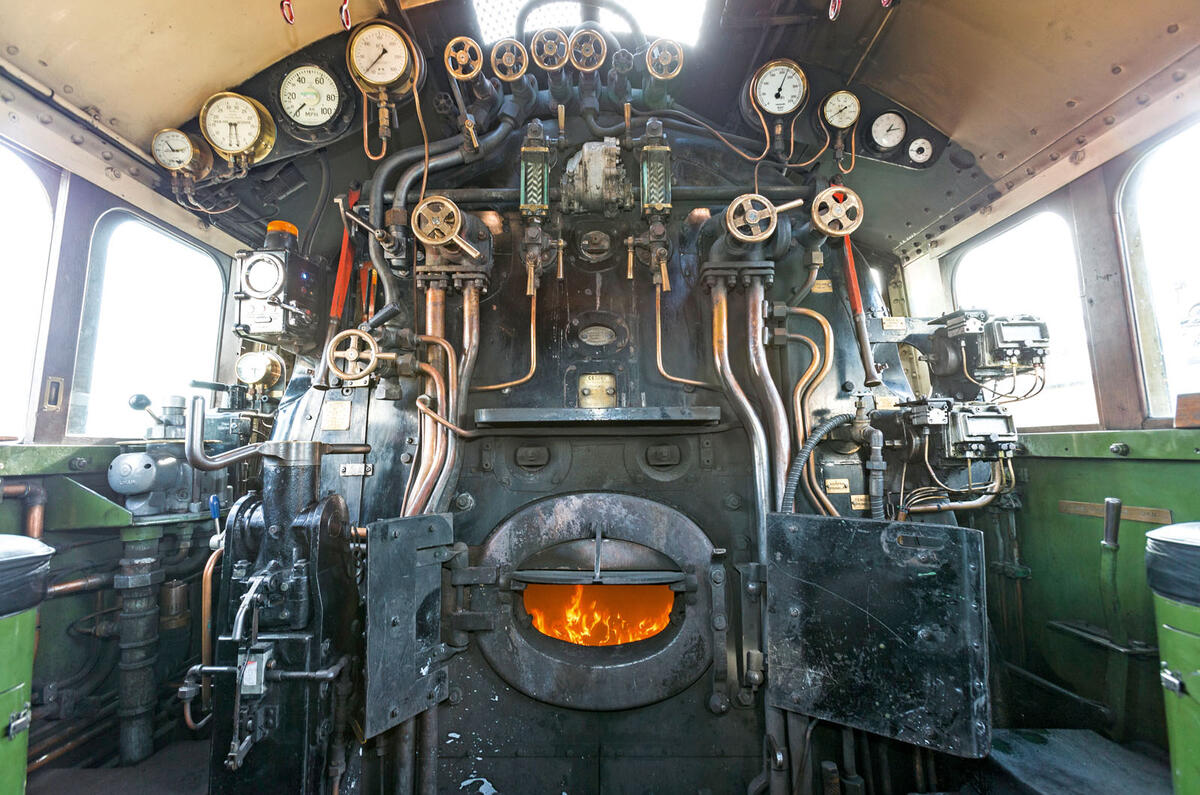

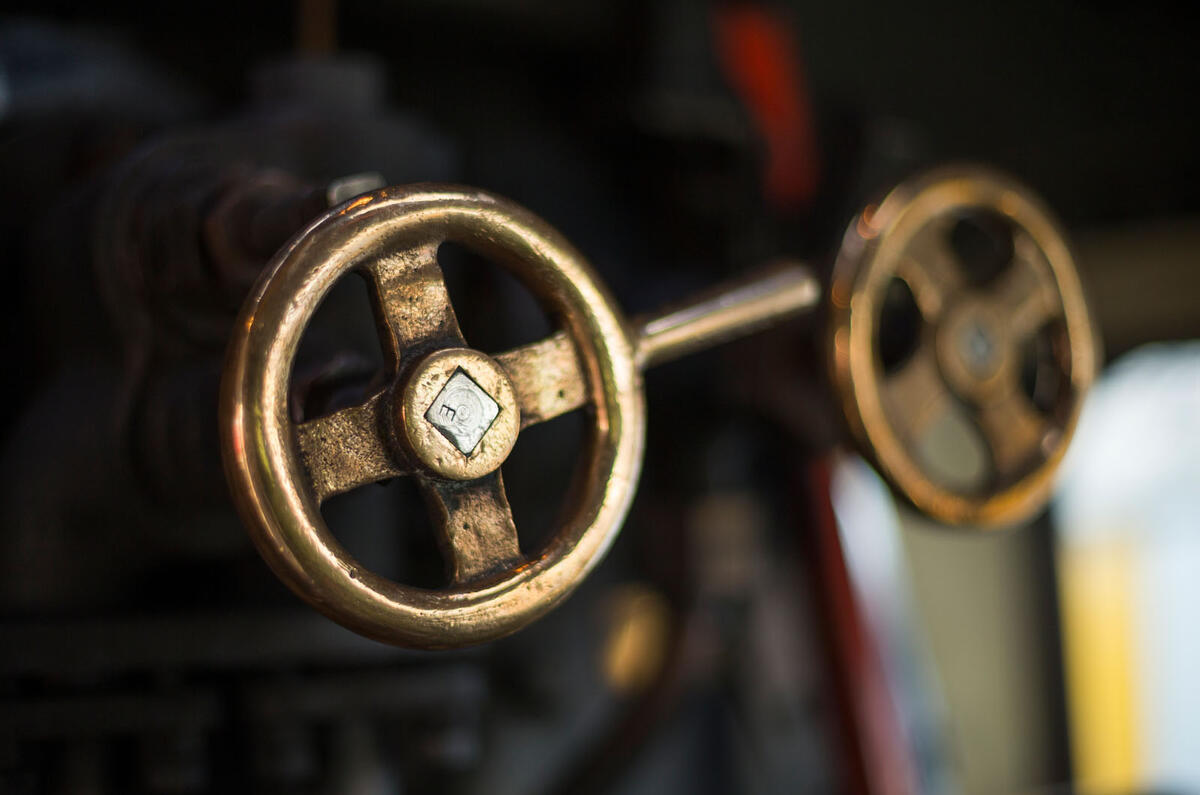

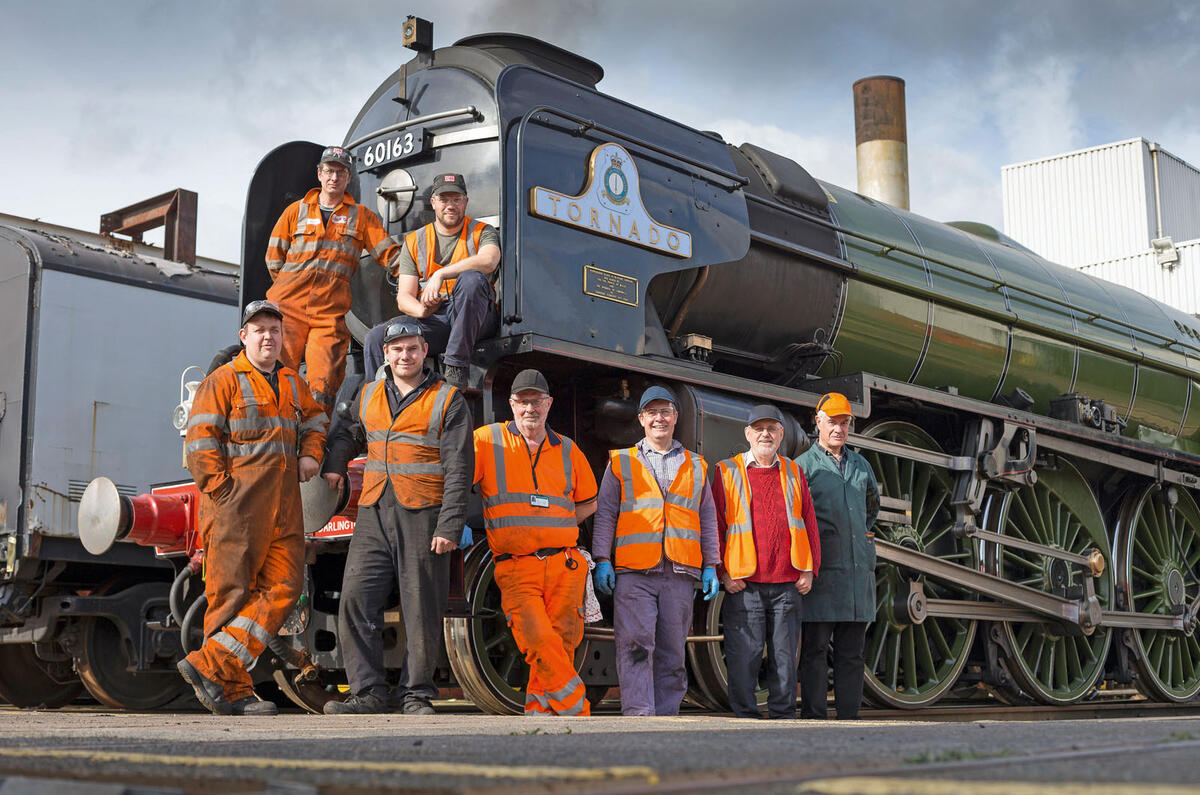

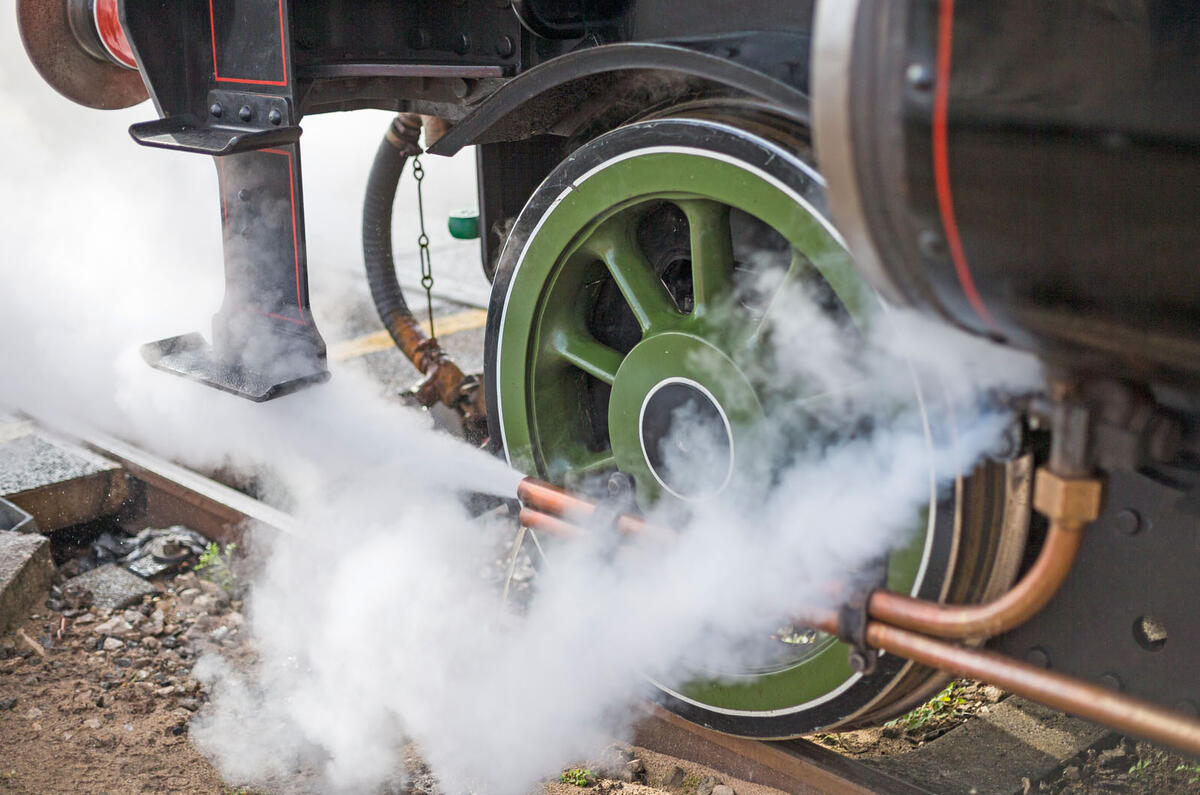
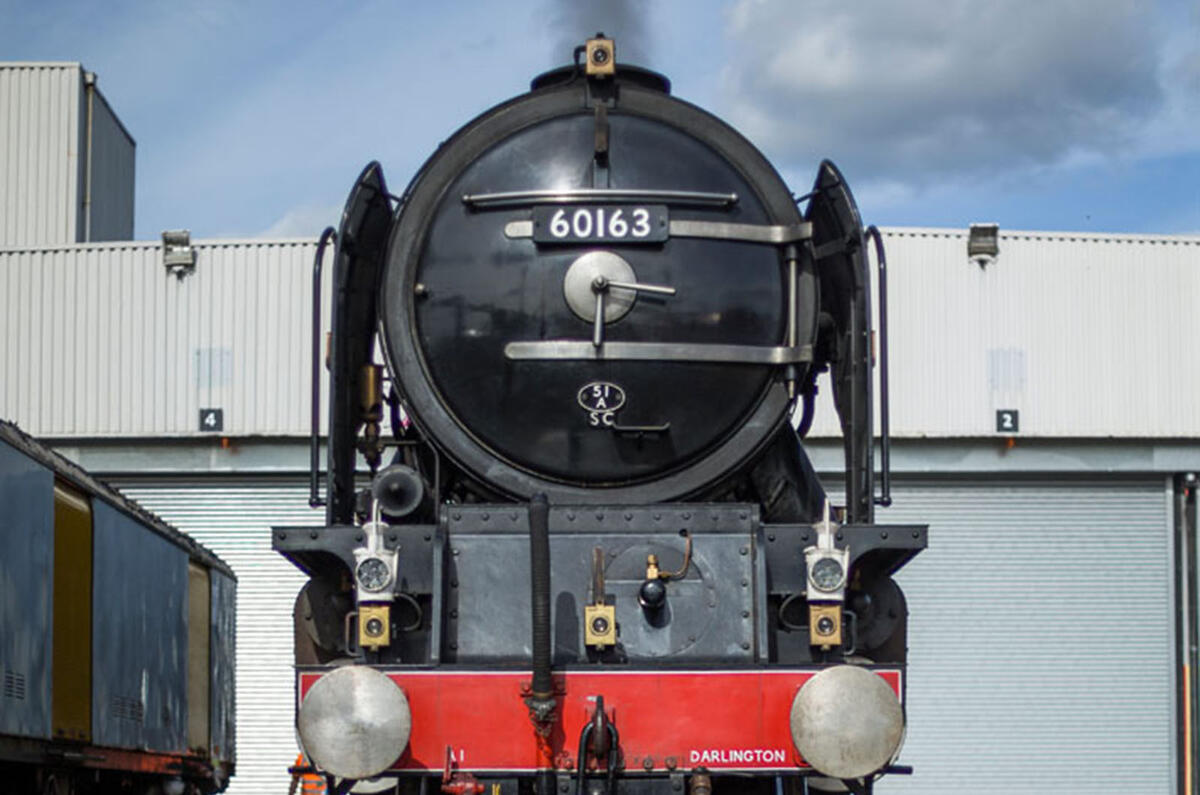
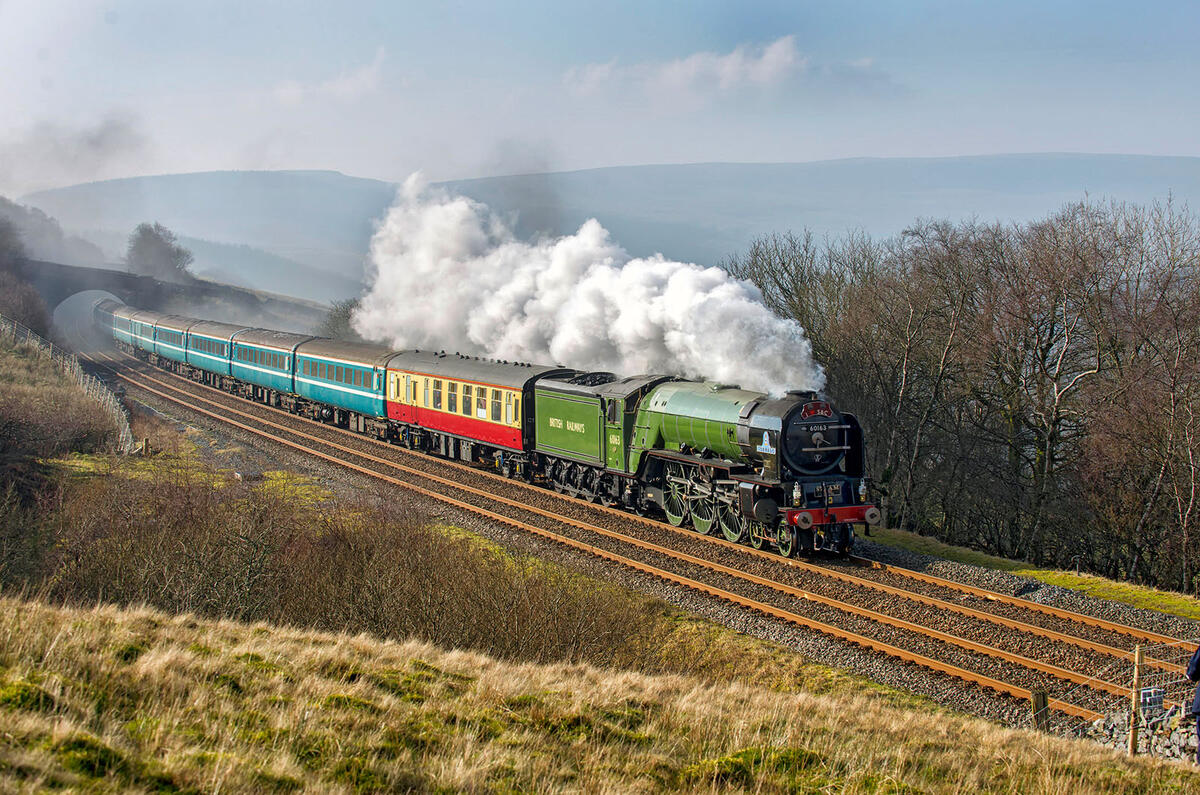
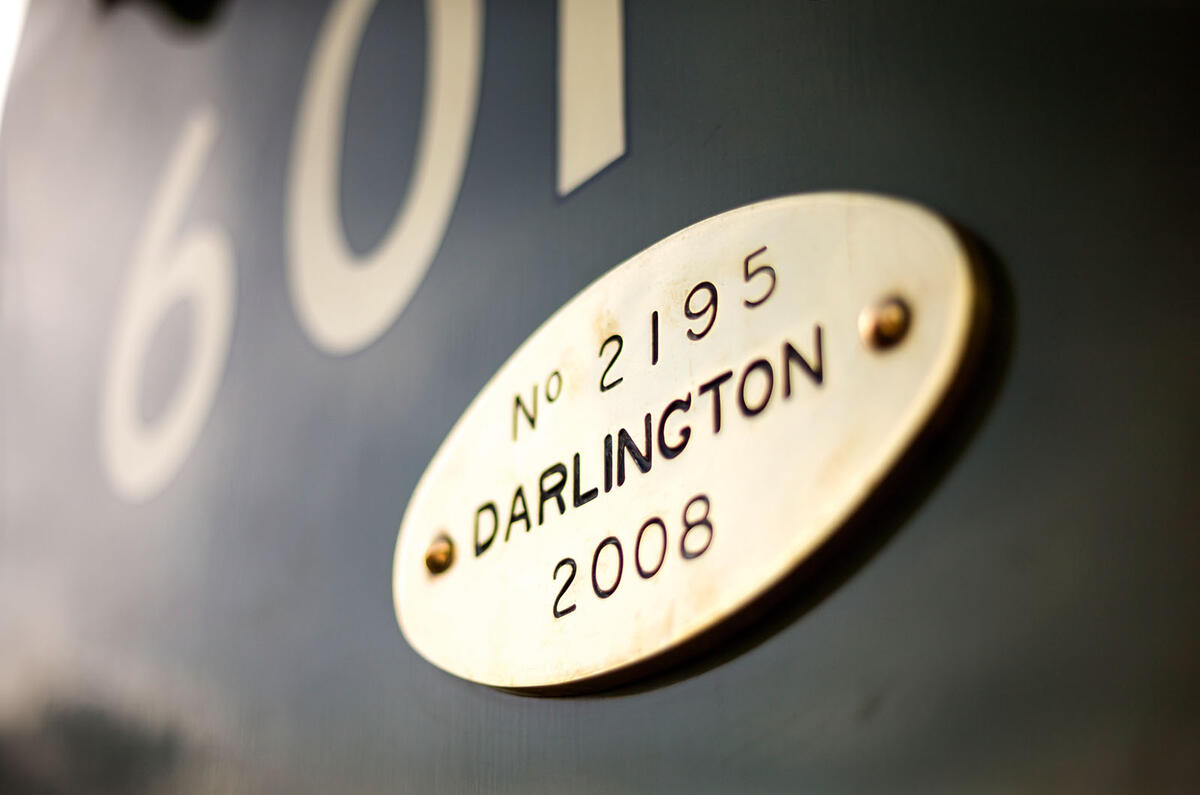

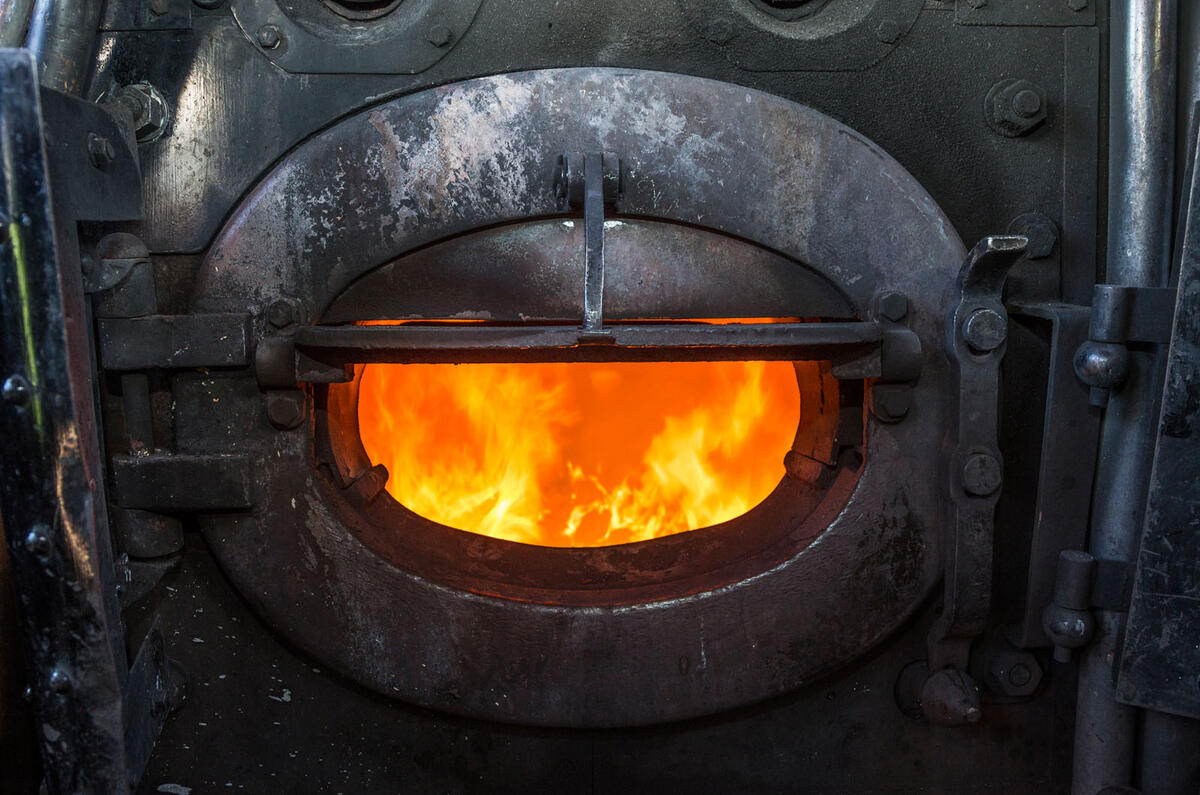
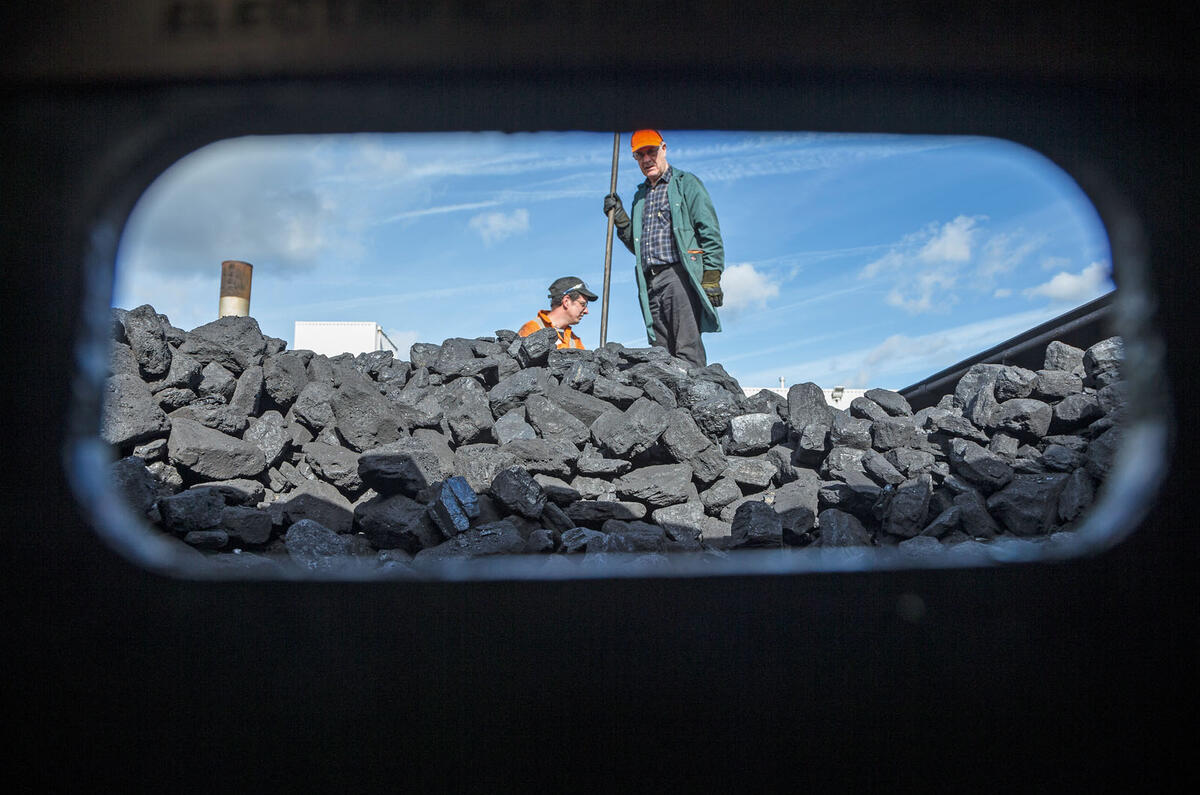
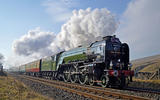
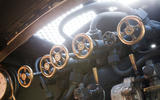
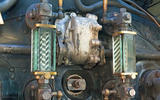
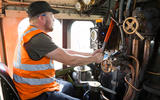
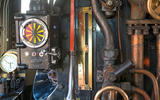

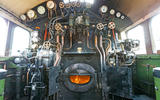

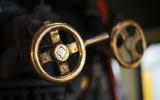
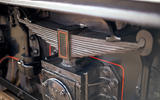
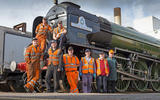
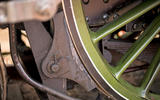

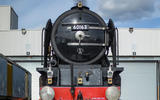

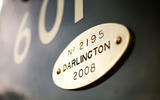

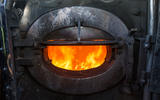
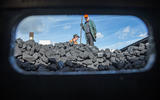

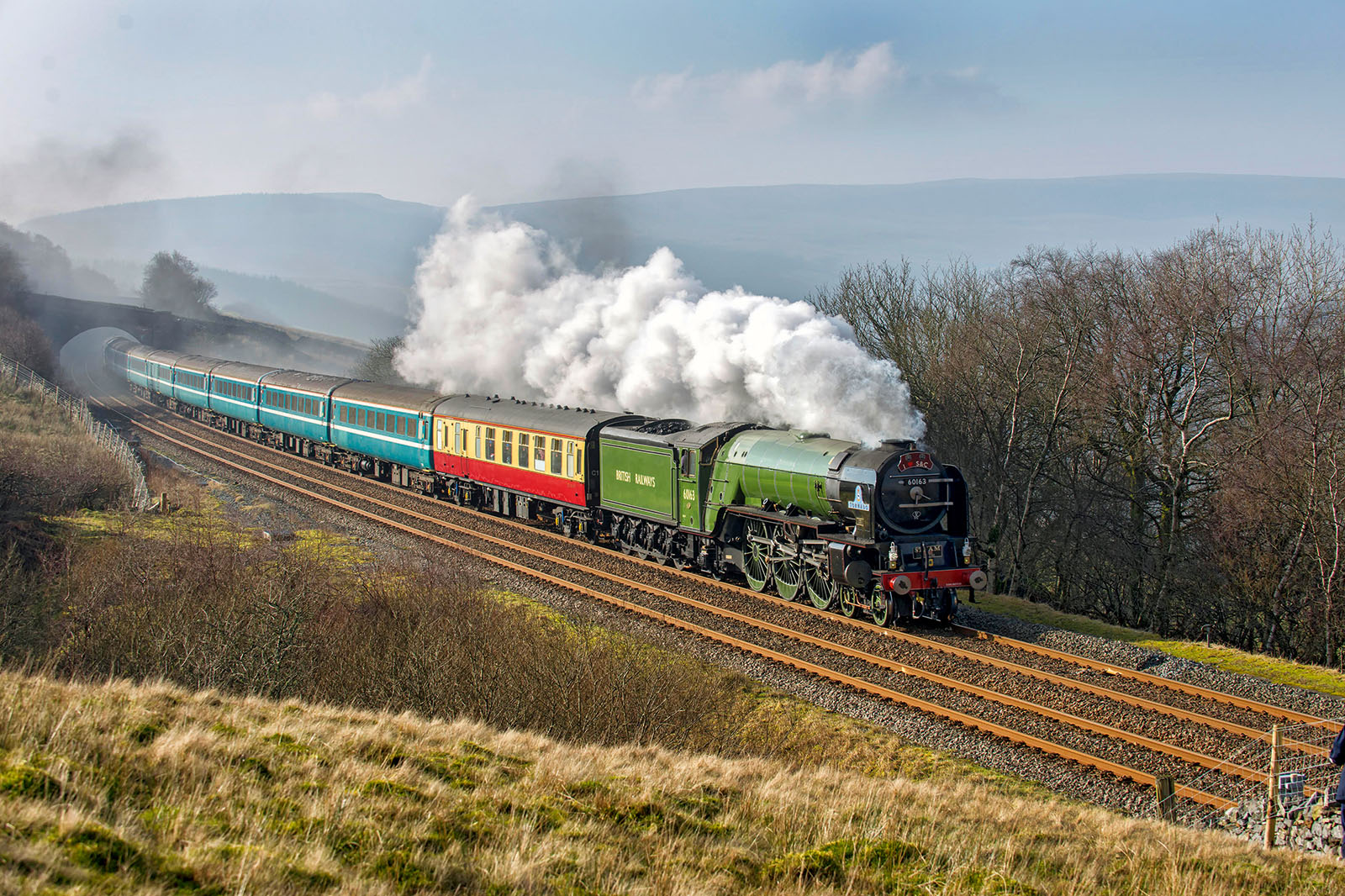
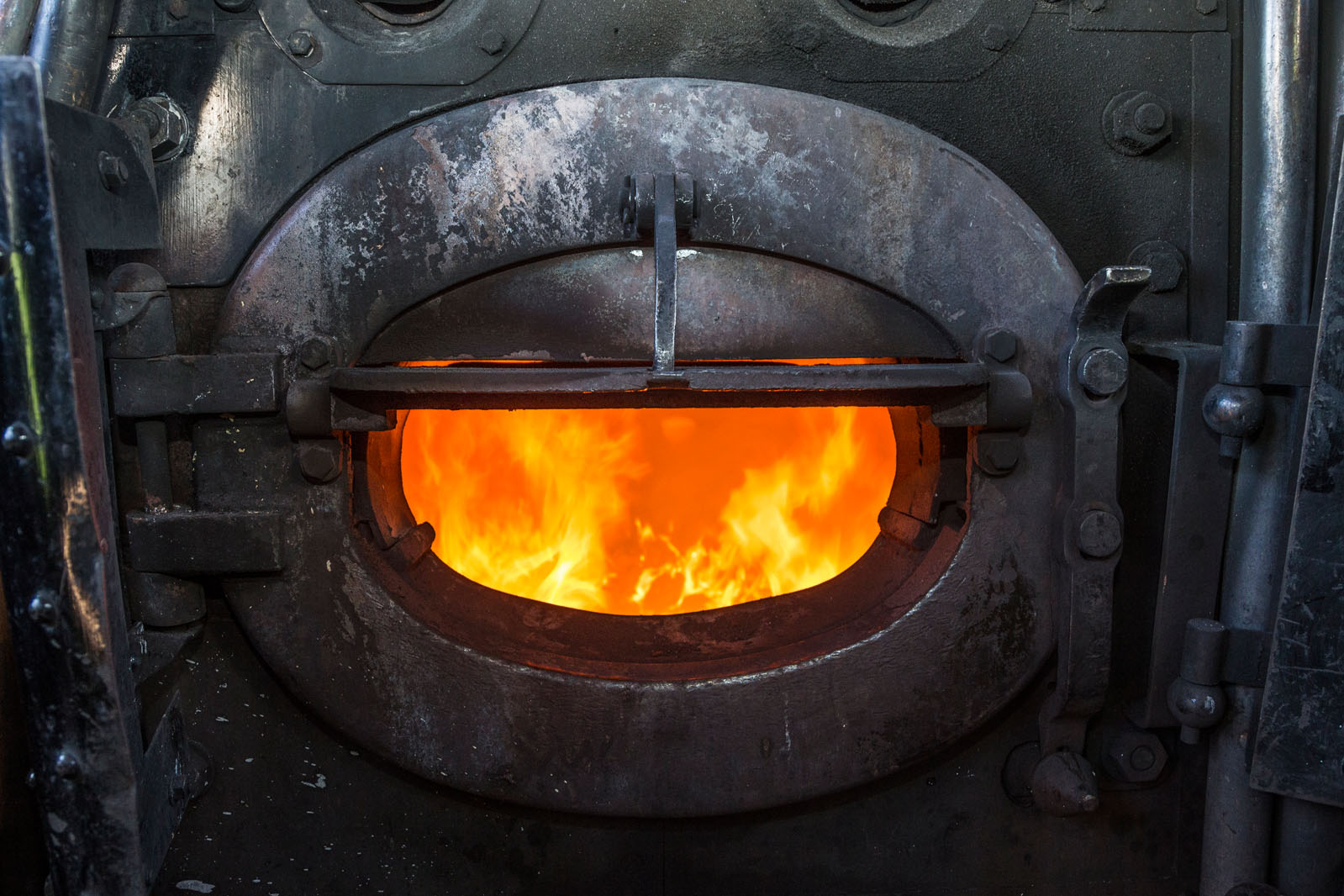
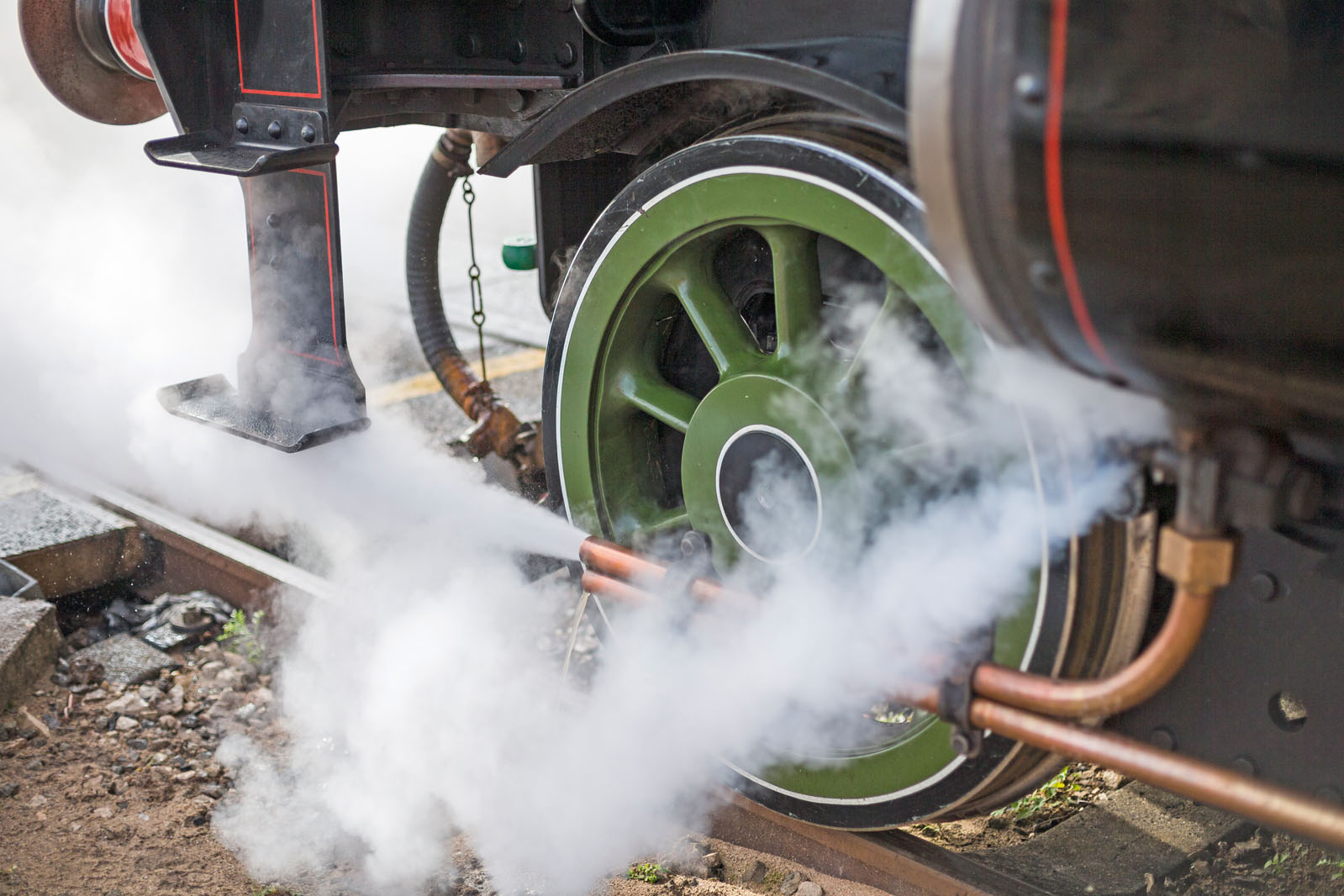
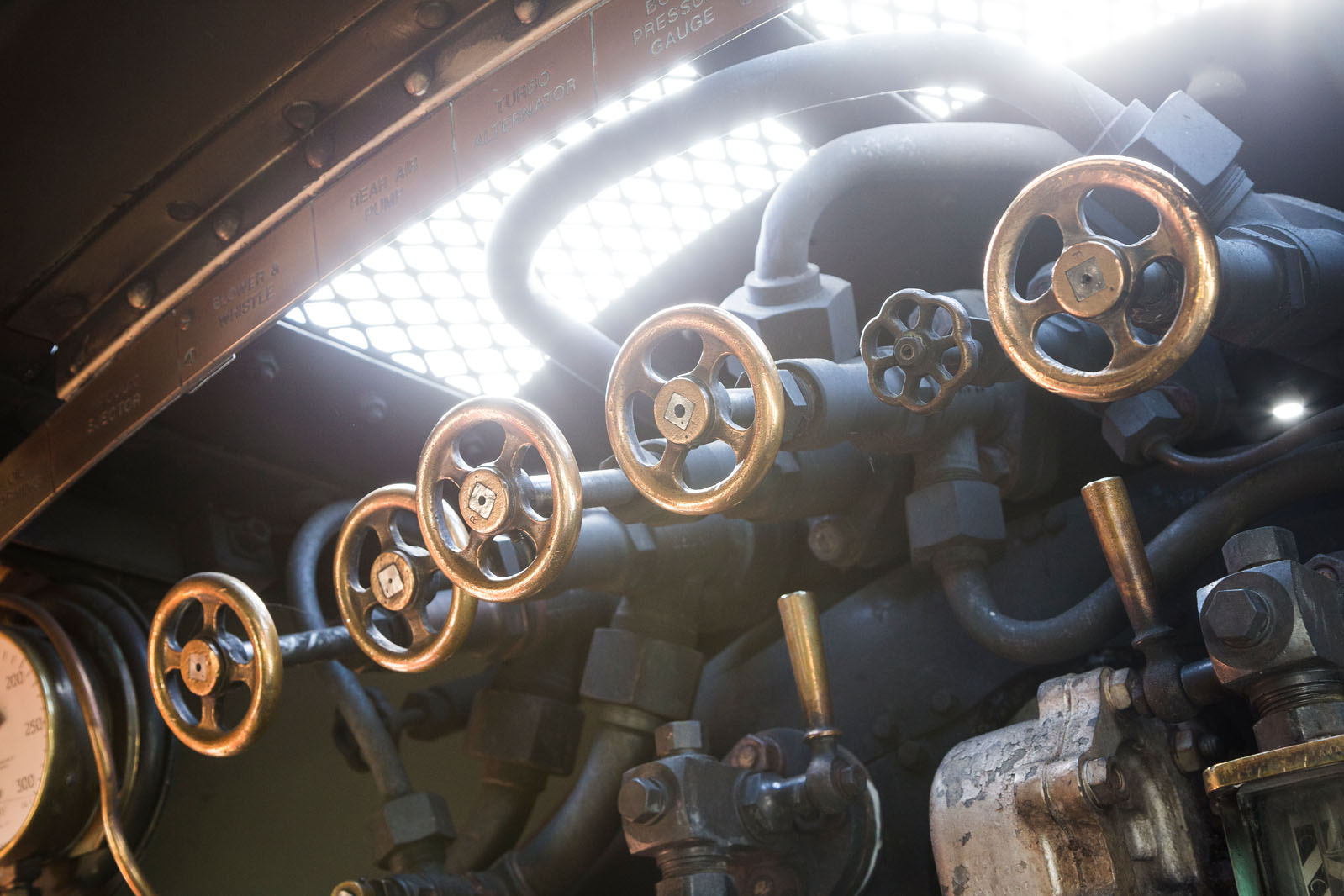
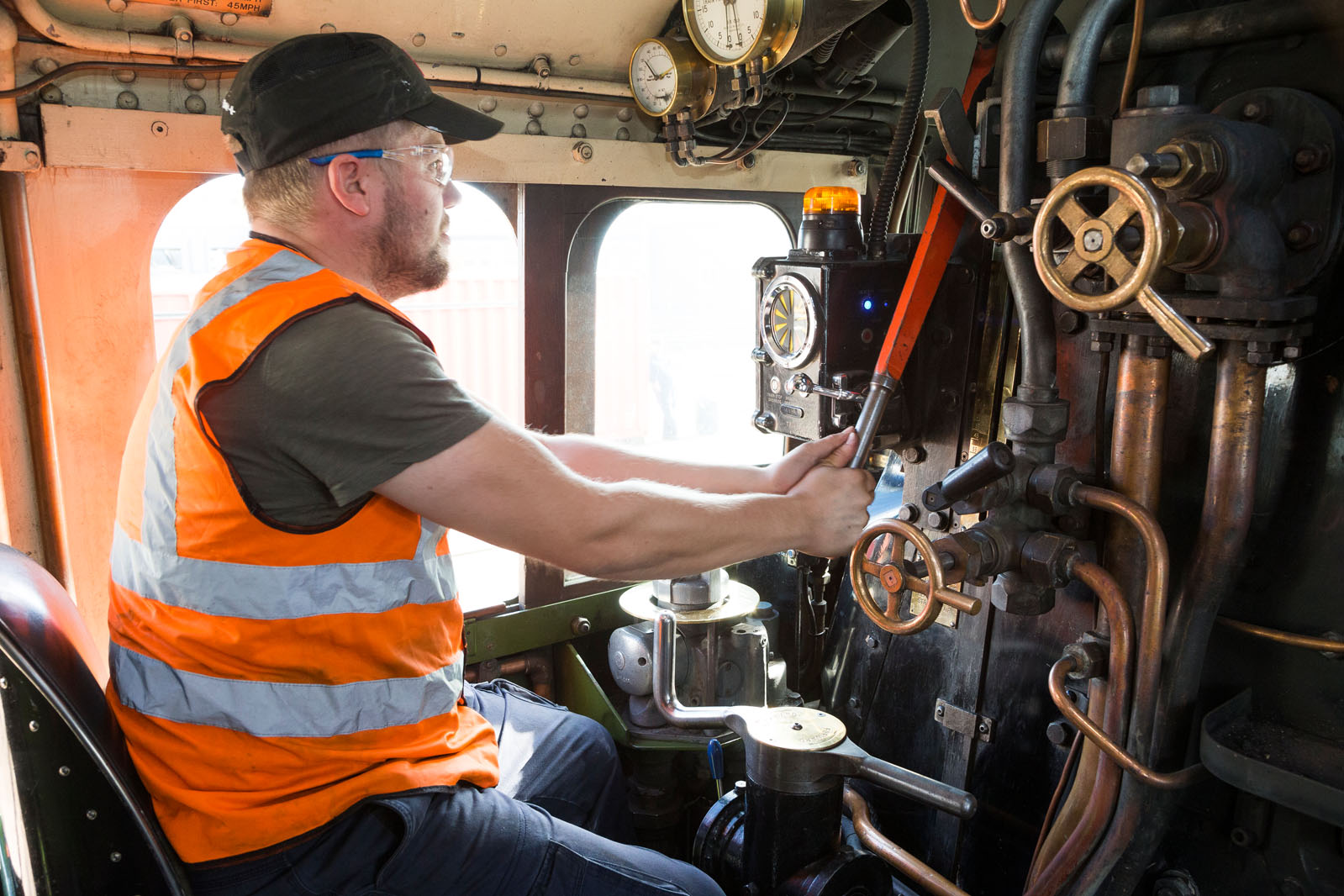

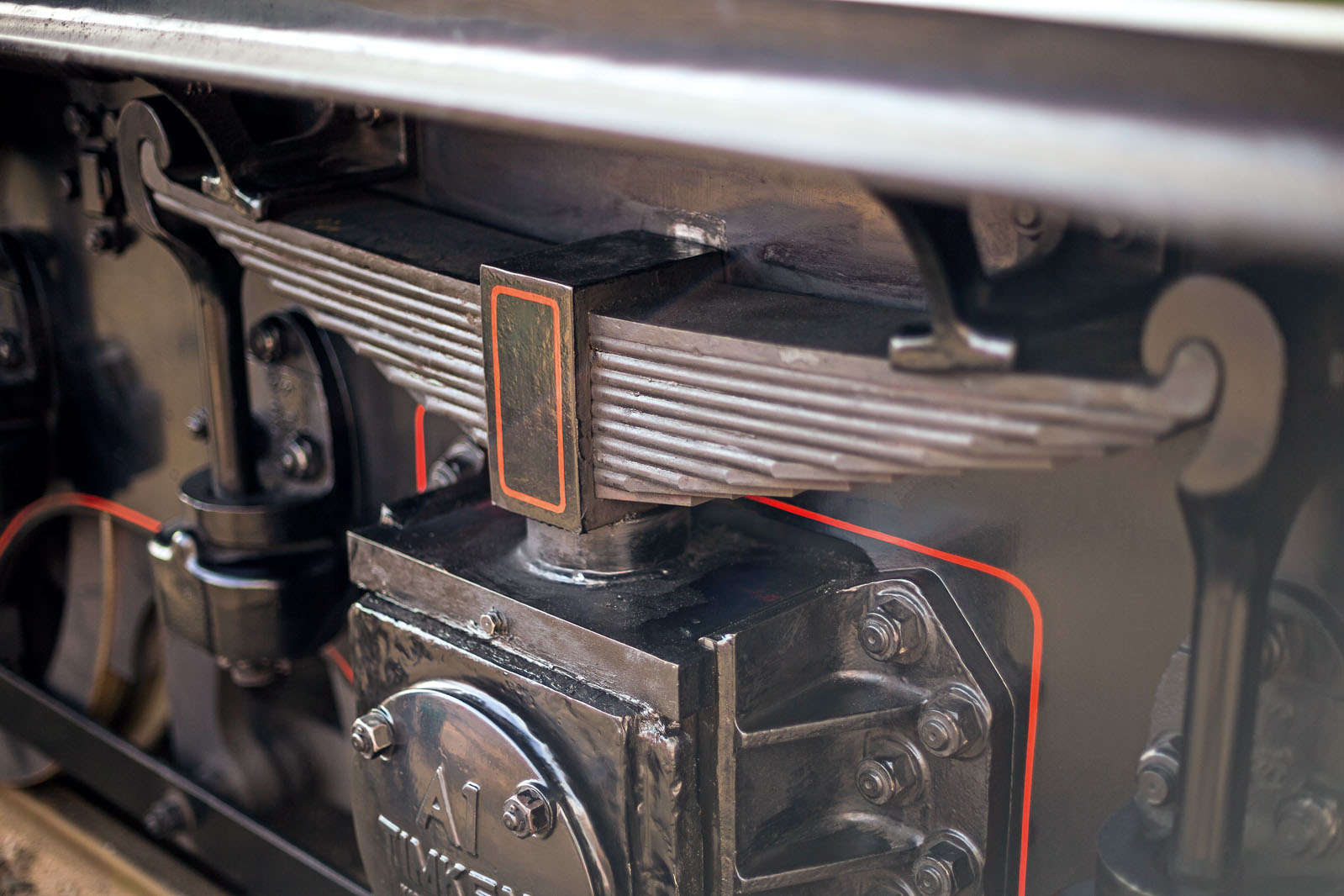
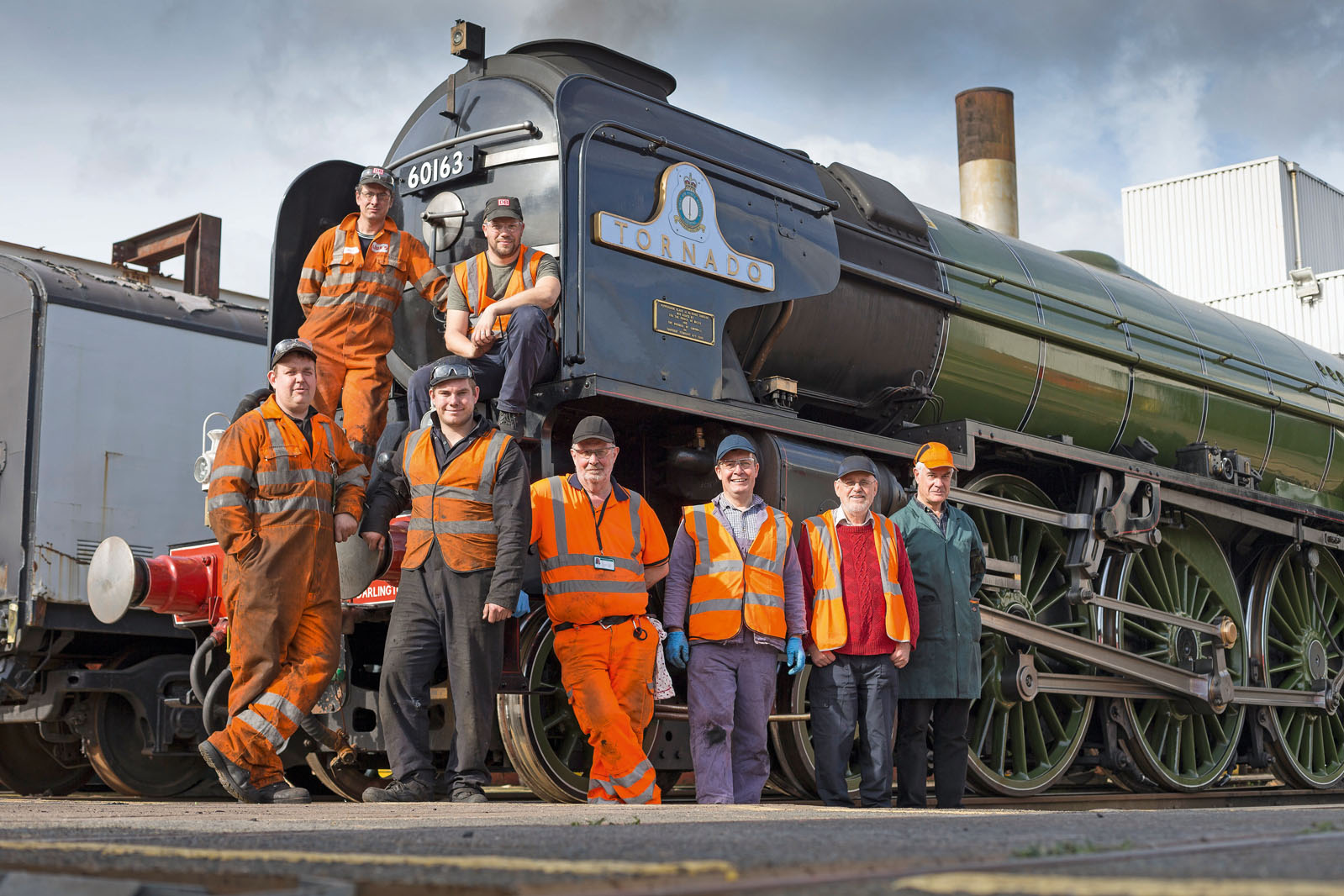
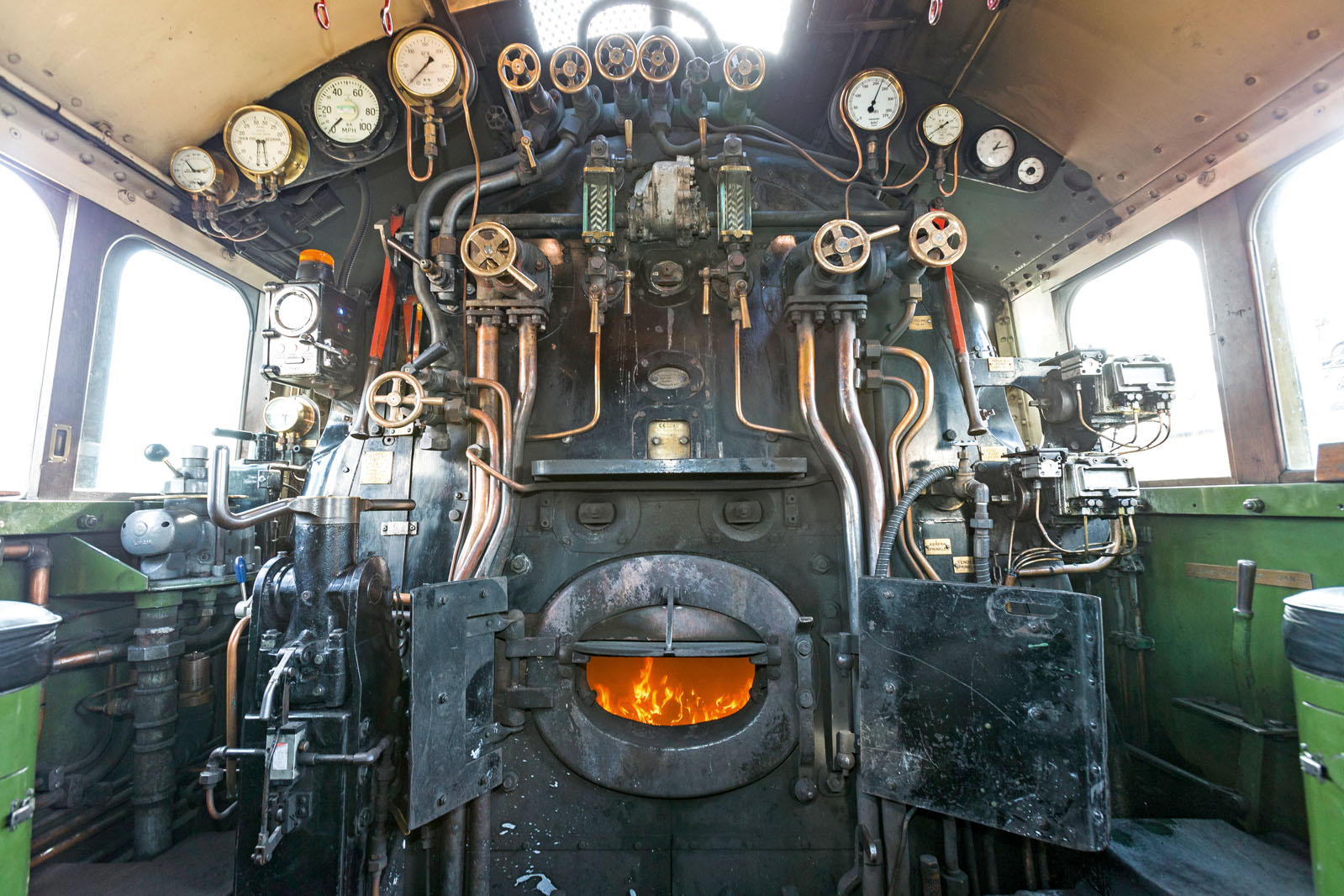
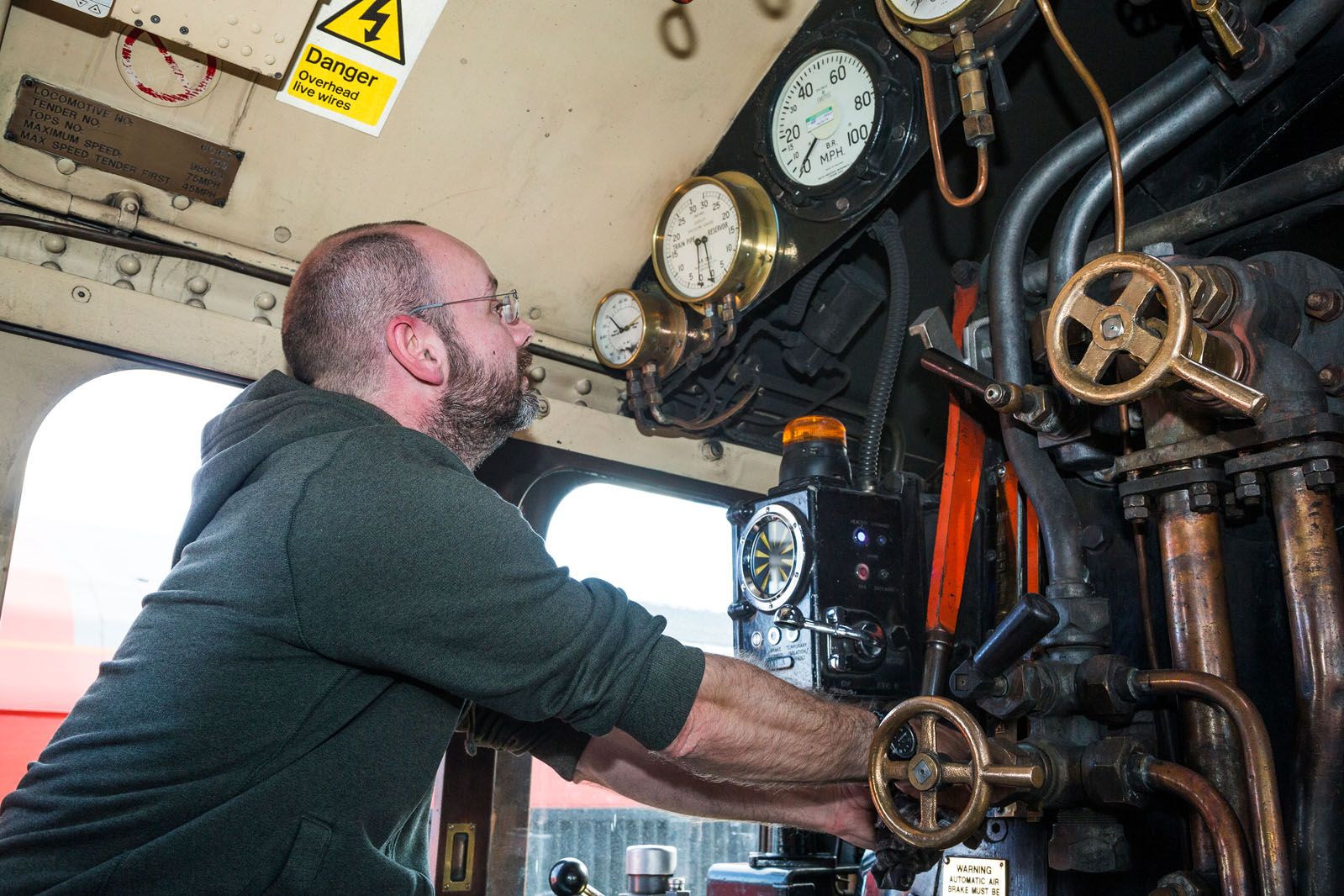




Join the debate
Add your comment
Zzzzzzzzzz......
I nodded off after paragraph three I’m afraid chaps!, interesting as it maybe to a train buffs, the tech details mean absolutely nothing to Joe/Jane average unless they’re engineers.
Zzzzzzz...
I'm no engineer either but found it all quite straightorward! It's just lighting a really big fire and using it to produce steam to make the wheels go round....but to each his/her own.
Best read this Christmas
One Other Thing
One thing was not addressed in the article which I think is worthy of mention:The sheer majesty of the thing!
This is engineering in its full glory, not hidden away under bodywork or plastic coverings. It unashamedly puts the engine up front, on display for all to see, and decorates it in beautiful curves and edges with regal paint schemes.
We don't celebrate engineering in that way now. Everything is hidden, invisible to the naked eye... and very soon we won't be able to hear it either.
It has a pride to it that just doesn't exist any more.